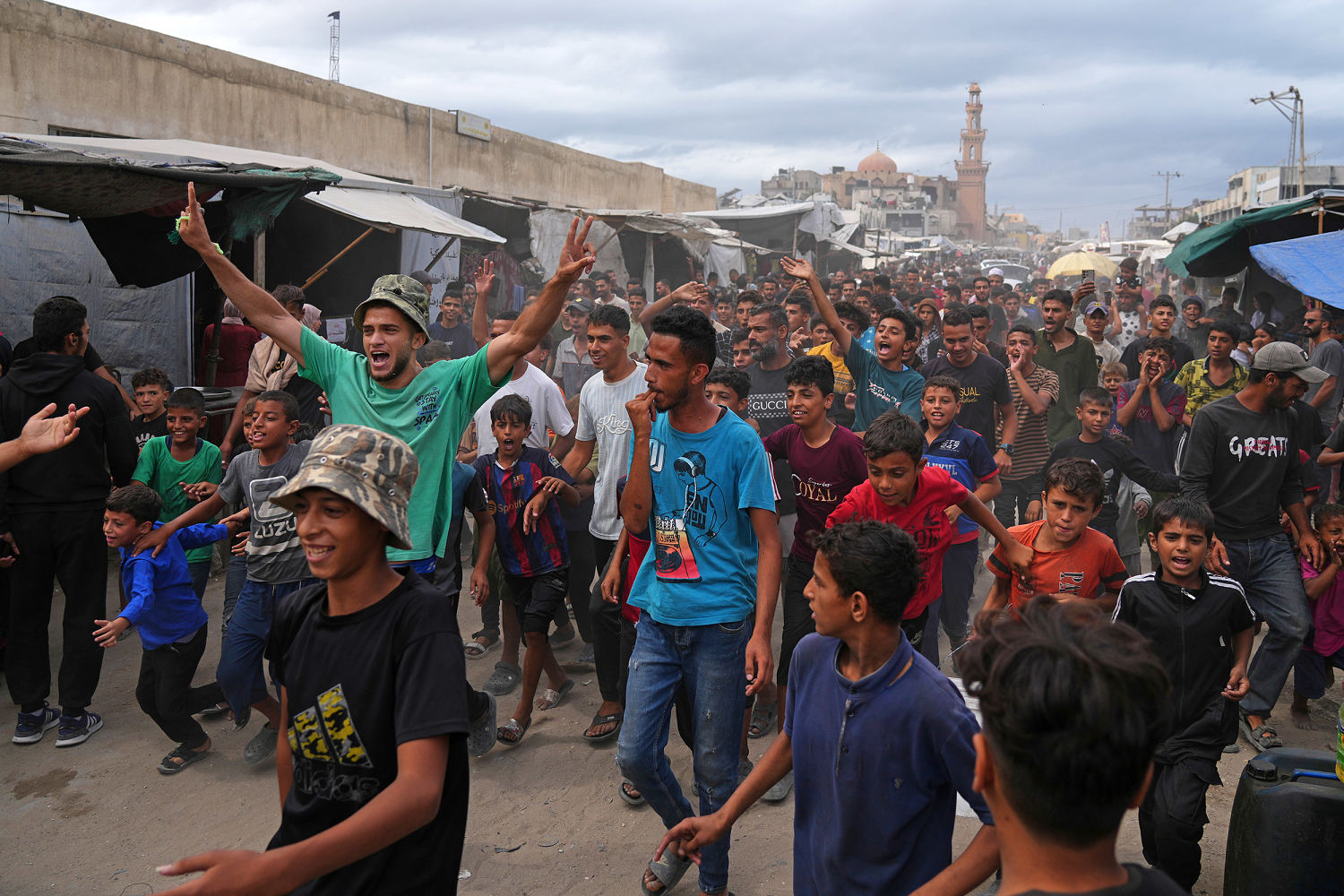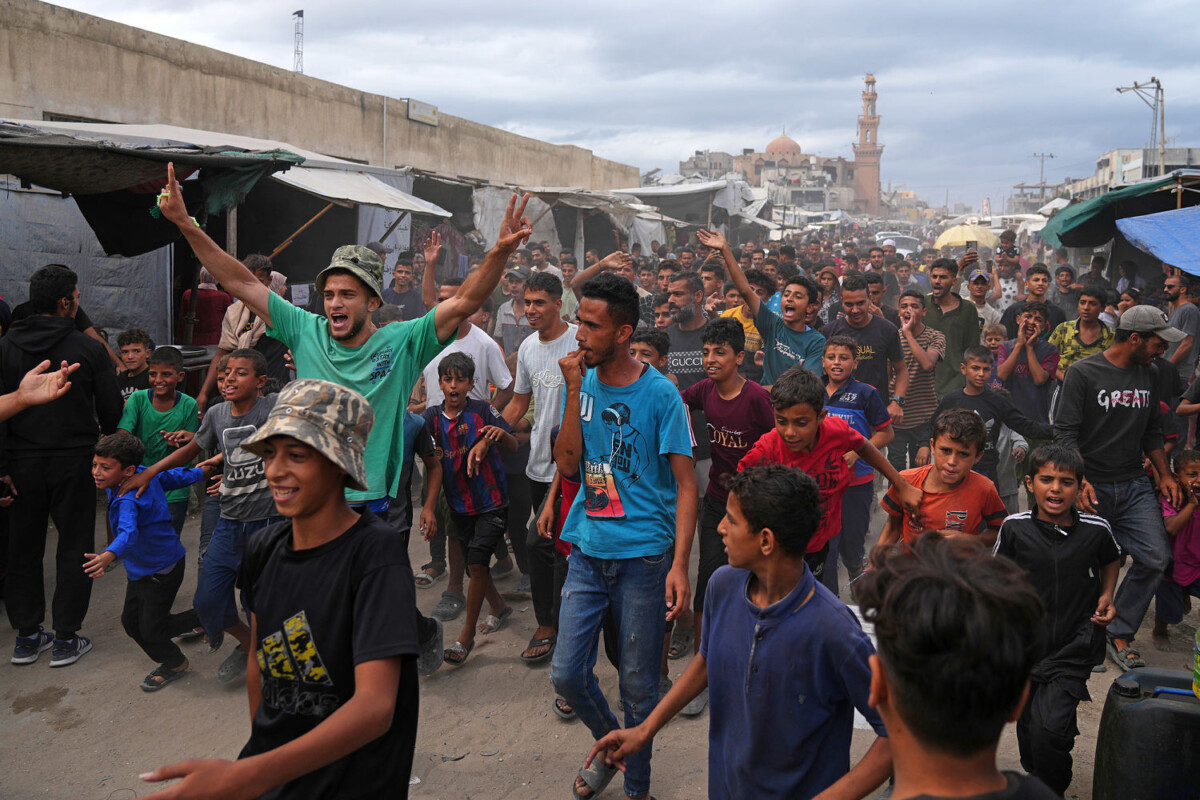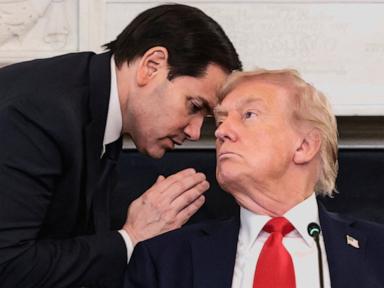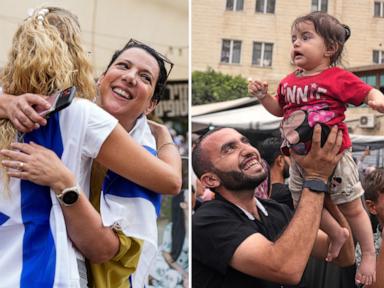
The Shocking Speed of This Breakthrough (Image Credits: Media-cldnry.s-nbcnews.com)
In the shadow of two years of relentless conflict, a quiet optimism flickers amid the rubble-strewn streets of Gaza, as leaders on both sides ink a deal that promises relief after so much pain.
The Shocking Speed of This Breakthrough
Imagine the surprise when news hit that Israel and Hamas had actually agreed to a ceasefire – after endless failed talks. This isn’t just another proposal; it’s a signed pact, the first real step toward ending a war that’s claimed countless lives. President Trump’s push turned the tide, with mediators shuttling between sides to hammer out details.
The timeline feels almost unreal. Hostages could start coming home as early as Monday or Tuesday, according to Trump himself. For families waiting in agony, this moves like a lifeline tossed into stormy seas.
Yet, the deal’s foundation rests on trust, something in short supply here. Still, the fact that both parties sat down and committed marks a pivot no one saw coming so soon.
Breaking Down the Hostage Exchange
At the heart of this truce lies the human cost: those held captive since the war’s outbreak. Hamas has pledged to release all remaining Israeli hostages, starting with the living ones and including bodies where possible. In return, Israel will free hundreds of Palestinian prisoners, a swap designed to ease immediate suffering on both ends.
Details emerge slowly, but reports suggest an initial batch of around 50 hostages, with the full release phased over days. This mirrors past deals but scales up dramatically, aiming to clear the slate of all captives.
Families in Tel Aviv and beyond are holding their breath. One mother shared how every delayed minute feels like eternity, underscoring why this exchange isn’t just logistics – it’s about reclaiming lives.
Ceasefire Terms: What Stops the Fighting?
The agreement kicks off with an immediate halt to hostilities, a pause that’s meant to last through the hostage handovers. Israeli troops will pull back from parts of Gaza in stages, creating breathing room for aid and reconstruction. Hamas, for its part, commits to no attacks during this window, with international monitors watching closely.
This first phase focuses on de-escalation, not full resolution. It buys time for deeper talks on governance and long-term peace, though skeptics worry about spoilers on either side.
Think of it as hitting the brakes on a runaway train. The war’s intensity drops right away, but keeping momentum requires everyone to stick to the script.
Trump’s Role in the Mix
Donald Trump steps back into the spotlight, calling this a “momentous breakthrough” from his push for Middle East stability. His team brokered the talks, leveraging U.S. influence to bridge gaps that seemed unbridgeable. The plan’s roots trace to his vision of a broader peace, now tailored to Gaza’s crisis.
Critics question if this is sustainable without addressing root issues like borders and security. Supporters, however, praise the pragmatism – focusing on hostages first to build goodwill.
Whatever the long view, Trump’s involvement sped things up. It’s a reminder that high-level diplomacy can shift gears when timed right.
Challenges Ahead for Lasting Peace
Even with signatures dry, hurdles loom large. Gaza’s devastation demands massive aid flows, and rebuilding trust between communities won’t happen overnight. External players, from Iran to regional allies, could complicate enforcement.
The deal outlines a path: phased withdrawals, prisoner releases, and eventual talks on Hamas’s role in Gaza. But if one side balks, the fragile truce could shatter.
- Hostage verification to ensure all are accounted for.
- Aid corridors opening without delays.
- International oversight to prevent violations.
- Prisoner lists finalized to avoid disputes.
- Timeline for phase two negotiations.
Global Reactions and What’s at Stake
World leaders from Europe to the Arab states have welcomed the news, seeing it as a crack in the cycle of violence. Celebrations erupted in Tel Aviv’s Hostages Square, where vigils turned to cheers. In Gaza, residents hope for basics like food and medicine to flow freely again.
Stakes run high: success could inspire wider talks, failure might reignite the flames. Economically, a stable Gaza means opportunities for investment and recovery, pulling the region from the brink.
This moment tests everyone’s resolve. For the hostages’ families, it’s personal; for the world, it’s a test of peace’s possibility.
| Phase | Key Actions | Timeline |
|---|---|---|
| First | Ceasefire, initial hostage/prisoner swap | Immediate to 72 hours |
| Second | Full withdrawals, aid surge | Early next week |
| Third | Governance talks, disarmament | Follow-up weeks |
Key Takeaways:
- The deal ends the active war phase, prioritizing human lives.
- Trump’s mediation highlights U.S. leverage in the region.
- Sustainable peace needs buy-in from all parties involved.
As this truce takes hold, the real win lies in turning words into actions that heal divides. What do you think – can this be the start of something lasting? Share your thoughts in the comments.







